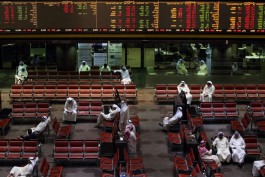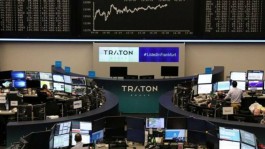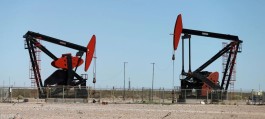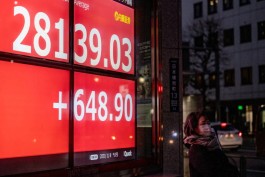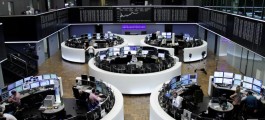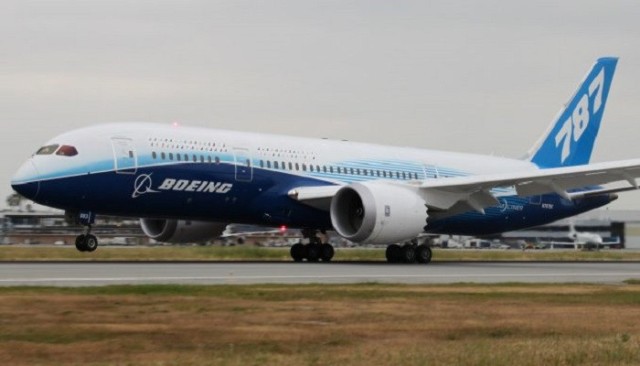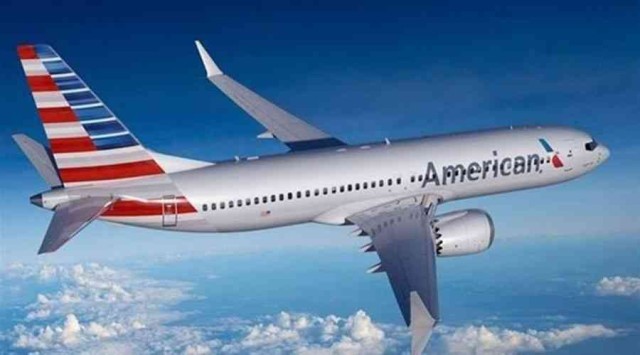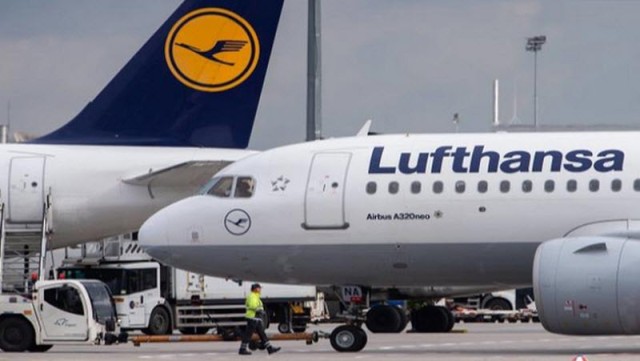American Airlines is placing a bet on a future in which supersonic aircraft may return to the skies, carrying passengers on some routes at nearly twice the speed of today's commercial airliners.
However, the size of this bet remains unclear. The company declined to reveal more details about the financial terms of the deal, after it said it had prepaid up to 20 supersonic aircraft with an option to buy up to 20 more last week.
The deal depends on whether the company scheduled to build the aircraft, Boom Supersonic, can fulfill its promises, while experts questioned whether the supersonic aircraft are likely to return, according to (Al Arabiya.net).
Boom is developing a jet plane called Overture that the company says will be able to carry 65 to 80 passengers at nearly twice the speed of sound. But the aircraft is still in the early stages of development.
Boom recently revealed an improved version of the plane, which it said has completed some wind tunnel tests. However, it has not yet conducted a test flight, and the test aircraft is expected to take off in 2025, according to a press release.
The front of the plane is similar to the Concorde — a superfast and expensive plane — that was ferrying people across the Atlantic for up to $10,000 a seat.
And Concorde went out of service in 2003 due to the poor economic feasibility of its operation. The fuel-guzzling jet was too noisy to fly over the ground because its high speeds would generate deafening sonic booms, taking it on ocean flights, such as the famous route from London to New York City.
Experts said planes like the Concorde are unlikely to generate a return, in part because these planes will need to find enough customers willing to beat the premium price. But that hasn't stopped Boom, American and United Airlines - which announced plans to buy up to 15 Boom planes last year - from putting money and marketing power behind plans to revive supersonic air travel.
Boom said its planes could enter service by 2029, and although they won't be able to reach top speeds above ground, they can still travel 20% faster than current commercial aircraft.
But foreign regulators and the US Federal Aviation Administration, which regulates commercial airlines, will have to approve the planes first. It is not clear when or if this will happen.
After the economic failure of Concorde, both airlines and aircraft makers in general focused on increasing efficiency rather than speed.









